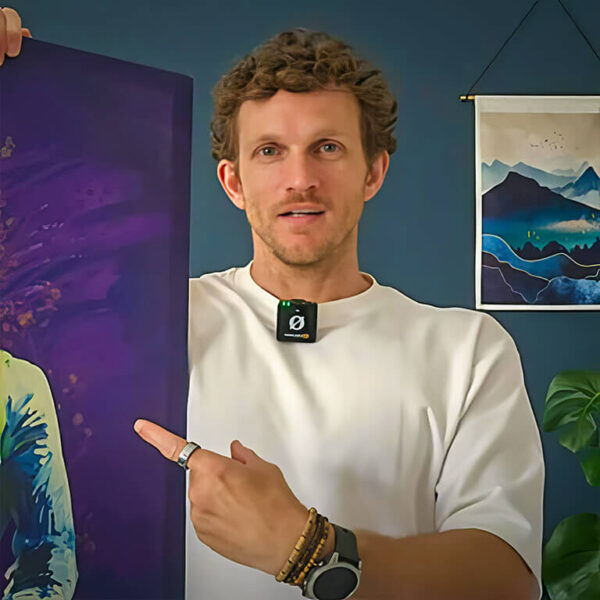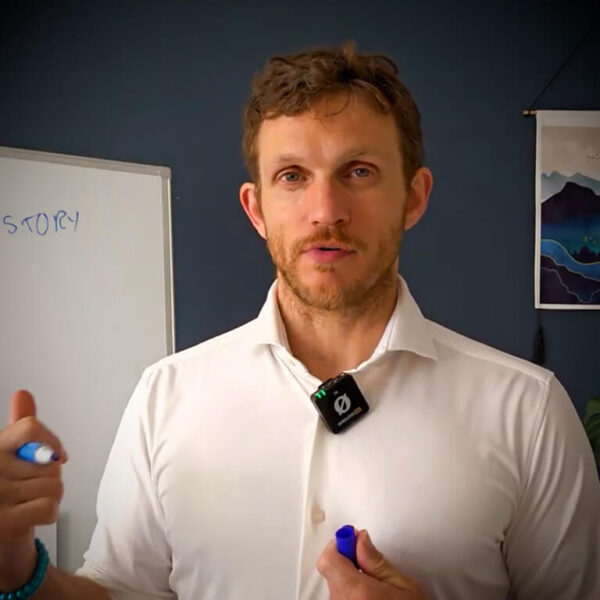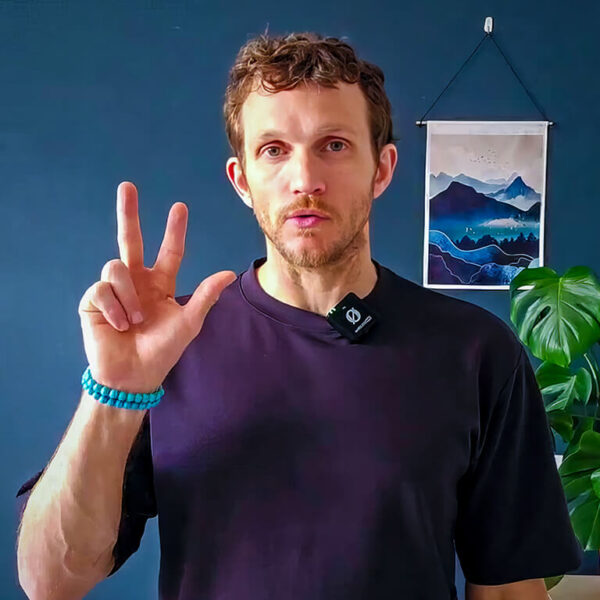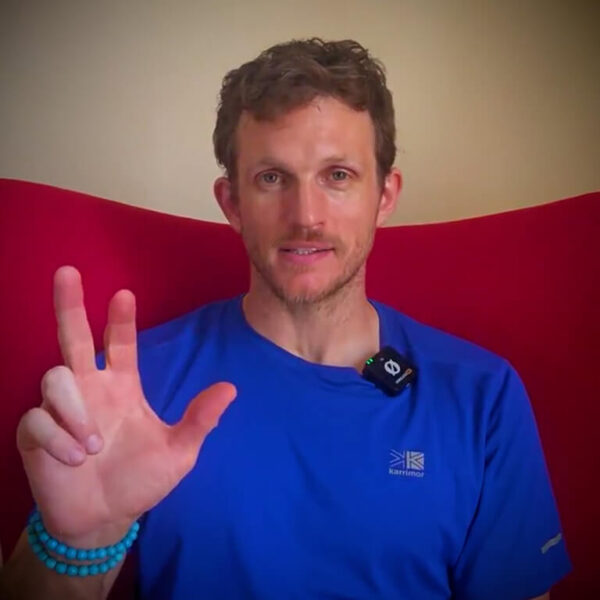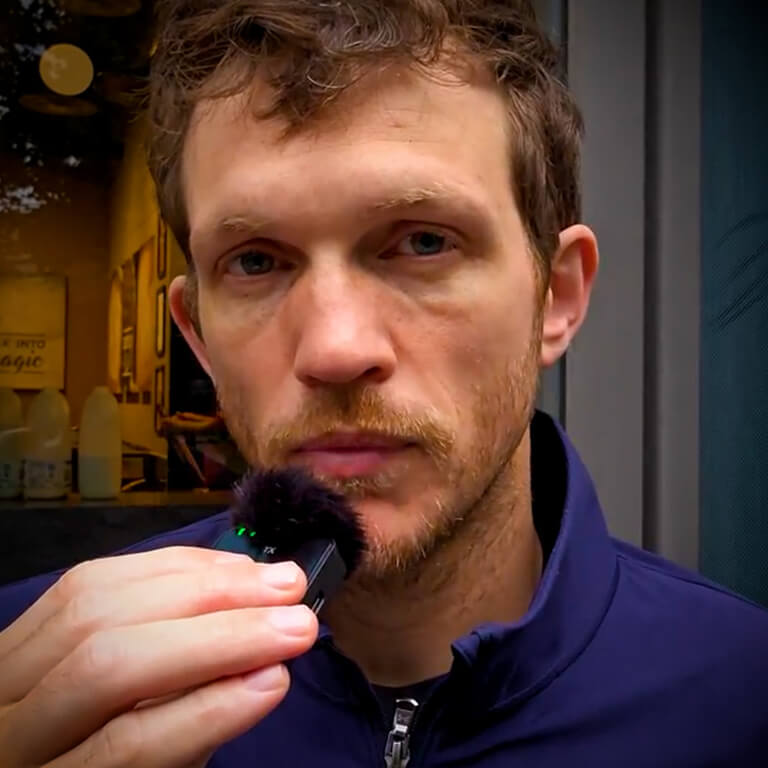
Releasing Trauma: How I Transformed Pain Into Healing
There is truth in the saying that your body keeps score. In my own life, I have carried different traumas that led to IBS and chronic back pain. Through releasing trauma, I have completely changed my life. My pain has lessened, and I have become much more emotionally stable.
In this post, I want to share how I have personally released deep trauma stored in my body. Over 20 years ago, I had a car accident that nearly killed me. I experienced post-traumatic stress afterwards, and it was awful. The lingering impact was severe pain in my neck, my back, and IBS symptoms that seemed to dominate my daily life.
Working through that trauma has been nothing short of life changing. Along the way, I have tried many different approaches. Some worked, some didn’t. This week, while taking a one-week Meisner course at RADA, the Royal Academy of Dramatic Arts, I experienced something new. One exercise we practiced triggered some of my trauma, but it also opened up a powerful way of addressing it.
A fellow student asked me, “Is this better than what you have done before?” I don’t think it’s about better or worse. It’s simply a different approach to releasing trauma, and one that gave me a deep breakthrough. Before I share the exact exercise, I want to walk you through the daily strategies I use to release trauma from my body.
My go-to strategy for releasing trauma
My everyday strategy, if I feel pain in my body or emotional disturbances like anxiety, is to use bilateral stimulation. This means listening to music through headphones that moves from the left ear to the right ear and back again. While I listen, I focus on where I feel the pain or stress in my body and allow myself to sit with it.
What this does is activate both hemispheres of the brain and calm the nervous system. It is extremely powerful. In fact, after the RADA course yesterday, I used bilateral stimulation again, and when I woke up at 4 a.m. this morning, I repeated it for 40 minutes to deal with the additional trauma that surfaced.
When it works, your body will let you know. You will naturally release a breath, not forced, but automatic. It is as if your nervous system resets itself.
Following your body’s lead
When I practice bilateral stimulation, I also allow my body to move into the posture it wants. Trauma often gets stored in the body as a physical stance. For example, shame might pull your head down. When you let your body take you into these positions, you reach the place where trauma is stored.
Once there, breathing deeply through your nose while listening to bilateral stimulation calms the nervous system even further. This practice has been unbelievably powerful for me. Doing it consistently has transformed both physical pain and emotional stability.
If you are curious about why this works, look into EMDR therapy. EMDR uses bilateral stimulation as part of its process and has strong evidence for treating trauma.
The Meisner exercise that revealed hidden trauma
On the RADA course, we practiced a Meisner exercise that left a deep impression on me. The room was about 10 to 15 meters long. The task was to close your eyes and move as slowly as possible from one side of the room to the other, without ever stopping. If you veered off track, your partner would guide you back, but you had to keep moving with your eyes shut.
For some, this meant taking tiny, careful steps. Others dropped to the floor and crawled. The beauty of the exercise is that by sticking to the technique, unexpected things begin to emerge. Creativity flows, but so do emotions and deeper patterns.
When it was my turn, I decided to let my body do whatever it wanted. Because I have a history of trauma work, I was curious to see what would surface. I closed my eyes, moved slowly, and allowed my body to take over. Unlike my usual practice, I couldn’t freeze in a posture because the rule was to keep moving.
What happened was fascinating. My body began adopting different postures while still moving slowly. Rather than freezing, I moved through them. This felt symbolic, as though I was progressing through my problems while leaving the past behind me.
Apparently, my arms went up in the air, I moved sideways, and my face grew tense before relaxing with each breath. From the inside, I felt like I was working through deep emotional wounds. It was a powerful experience.
The emotions that followed
When the exercise ended, my partner touched my hand to let me know I had reached the other side. I felt a sense of growth, like I had overcome something. But afterward, I noticed strong emotions surfacing.
At the end of the day, when the course wrapped up and everyone went their separate ways, I felt a wave of sadness and abandonment. It was as though the empowerment of the day had been cut off suddenly, leaving me with feelings of being unloved or left behind.
When I returned home, I used bilateral stimulation again. It was exactly what I needed. As I focused on those feelings of abandonment, my nervous system calmed, and I felt good again. The exercise had brought up hidden trauma, and bilateral stimulation gave me a way to release it.
That night, I was so drained that I fell asleep at 8:30 p.m. and woke at 4 a.m. with back pain. Instead of assuming it was from physical movement, I tried bilateral stimulation again.
Trauma stored in the body
The next morning at RADA, I realized how important this process is. That back pain at 4 a.m. wasn’t just physical strain. It was my body holding on to trauma that needed releasing. By using bilateral stimulation while allowing myself to feel the sensations, the pain eased.
This reminded me of something crucial: trauma is not just in the mind. It lives in the body. You cannot “think” your way out of it. You have to feel it, release it, and allow your nervous system to reset.
When I ignored trauma in the past, it led to more pain, digestive issues, and emotional outbursts. But when I faced it head-on, the body naturally found ways to let go.
How trauma blocks creativity and intimacy
Something else I noticed during the Meisner work is how trauma blocks creativity and intimacy. When your body is stuck in old patterns, you cannot be free in the moment. You’re guarded, tense, or performing for approval rather than expressing yourself authentically.
During the slow movement exercise, the rule of constant motion forced me out of those stuck patterns. I could not stay frozen in shame or fear — I had to move through them. This is exactly how releasing trauma works in life. You cannot stay locked in old postures and expect to grow. You must move through them, even if slowly, even if painfully.
The same is true in relationships. If you carry unprocessed trauma, you bring tension and blocks into intimacy. You might seek validation, fear rejection, or overcompensate with performance. By releasing trauma, you create space for real connection, creativity, and freedom.
Practical steps for releasing trauma
From my own experience, here are some practical ways you can start releasing trauma:
-
Practice bilateral stimulation daily
Use headphones and listen to music that alternates between the left and right ear. As you do, notice sensations in your body and breathe into them. -
Allow your body to guide you
Instead of resisting tension or postures, let your body move where it wants. Often, it will naturally express the position where trauma is held. -
Breathe deeply and naturally
Focus on nasal breathing. Notice when a deep exhale happens without force — this is your body releasing. -
Use movement-based exercises
Try practices like yoga, tai chi, or even the slow-motion Meisner exercise. Movement helps you work through trauma rather than freeze in it. -
Seek out creative spaces
Acting, dance, and art are powerful because they bypass the logical brain and access the body’s memory. Creative practice can be a form of therapy.
Why this matters for your life
Releasing trauma is not just about feeling better physically, though that is a huge benefit. It’s also about reclaiming your freedom. Trauma keeps you trapped in cycles of pain, fear, and self-sabotage. It robs you of your creativity, your intimacy, and your presence.
When you release it, everything changes. You think clearer. You connect deeper. You express yourself more freely. You stop being run by the past and start living in the present.
For me, this has been life-changing. My IBS has reduced. My back pain has eased. Emotionally, I feel calmer and more grounded. And in moments of stress, I now have tools that allow me to process instead of repress.
Final thoughts
The journey of releasing trauma is not linear. Some days feel like progress, other days like setbacks. But every time you face it, every time you allow your body to express and release, you move closer to freedom.
The biggest lesson I’ve learned is that trauma will not disappear if you ignore it. It will only harden in your body and mind. But when you meet it with awareness, breath, and movement, you give yourself the chance to heal.
Whether it’s through bilateral stimulation, slow creative exercises, or simply allowing yourself to feel, start practicing today. Releasing trauma is possible — and it could transform not just your body, but your entire life.
Written by Gary Gunn
I coach men to build real self-confidence so they can meet, attract and date the women they truly desire.
My coaching is practical, real-world and focused on lasting behavioural change.
Learn More About My Coaching
👉 My Books




